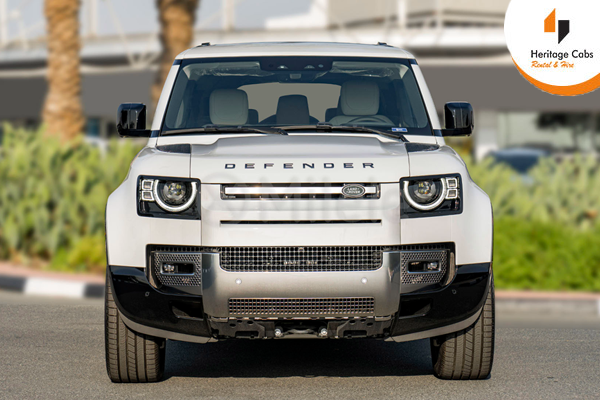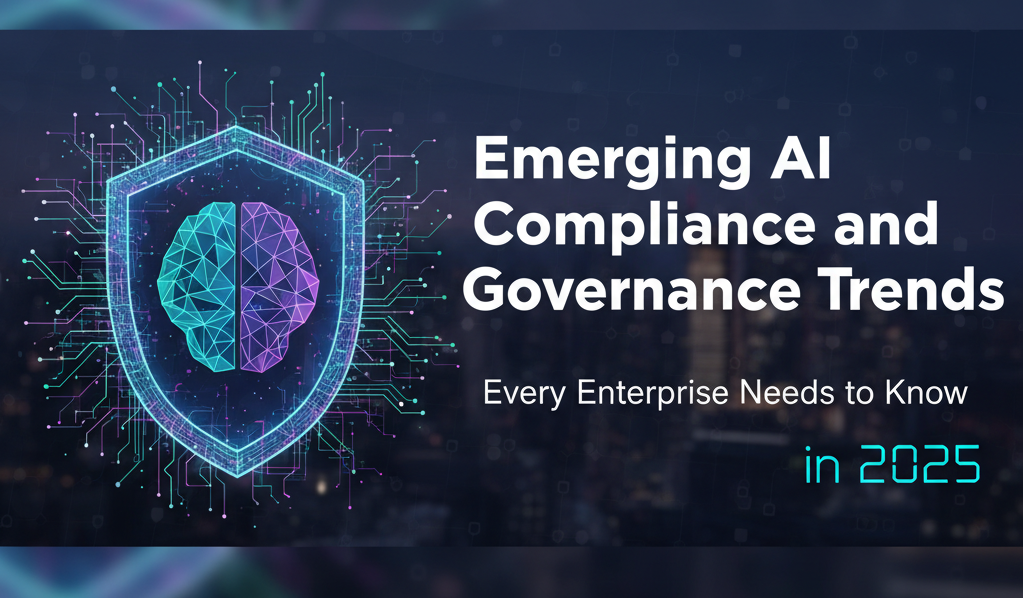Personalized marketing is no longer a trend, but a requirement in today’s digital age. Customers demand content that communicates their needs, behavior, and preferences. One of the most effective ways to engage them in personalized experiences is through video. But producing personalized videos at scale has long been a complicated, time-consuming, and costly process. Enter Video GPT, the AI video generator revolutionizing how brand marketers produce and distribute customized video campaigns quickly and efficiently. Let’s discuss how you can utilize Video GPT to create successful, customized video campaigns that resonate with your audience, get conversions, and save your time and money.
What is Video GPT?
Video GPT is an advanced AI technology that combines the power of natural language processing (NLP) with video generation. Leveraging models similar to OpenAI’s GPT, it understands your input text and generates high-quality video content tailored to your message. Unlike traditional video editing tools that require manual work, Video GPT automates much of the creative process, transforming scripts, prompts, or data into customized videos within minutes.
Why Personalized Video Campaigns Matter
Personalization makes your marketing messages more relevant and effective. Personalized videos have been shown to increase engagement levels by as much as 80% and conversion rates by 50%, as per studies. Personalized video campaigns assist in:
- Capturing attention by speaking directly to individual viewers’ interests.
- Establishing greater emotional resonance through customized messaging.
- Enhancing customer retention by serving relevant content.
- Improving ROI by maximizing campaign effectiveness.
But the biggest challenge lies in creating these personalized videos at scale. That’s where Video GPT excels.
Step-by-Step Instructions: Utilizing Video GPT for Personalized Video Campaigns
Step 1: Specify Your Campaign Objective and Audience
Before you generate videos, determine what you intend to achieve. Are you looking to drive product sales, welcome new customers, or encourage event attendance? Having an objective in mind allows you to develop personalized messages that appeal to your audience.
Second, segment your audience by demographics, behavior, or interest. For instance, you could have various videos for new customers versus loyal customers or by different ages.
Step 2: Get Your Content Inputs Ready
Video GPT creates videos from text inputs, so get ready:
- Tailored scripts or messages: Write brief, focused scripts per segment. These scripts must speak to the viewer’s requirements, emphasize benefits, and contain a decisive call-to-action (CTA).
- Data variables: If your platform has dynamic inputs, add variables like customer names, locations, or product information to further personalize videos.
Step 3: Select Your Video Style and Format
The majority of Video GPT platforms provide different video styles, ranging from animated explainers and product demos to talking head videos and social media content. Select a style that meets your brand and campaign objectives. Also, decide on video length and aspect ratio based on where you’ll publish the video (Instagram stories, YouTube ads, email campaigns, etc.).
Step 4: Generate Videos with Video GPT
Input your scripts and data into the Video GPT tool. The AI will:
- Parse your text and understand the context.
- Select relevant visuals, animations, or stock footage.
- Synchronize voiceovers or captions.
- Produce a personalized video for each audience segment or individual.
This automated process significantly reduces production time, from days or weeks to minutes.
Step 5: Review and Optimize
While AI does most of the heavy lifting, always take a look at your videos before launch. Look for:
- Accuracy of personalization elements (names, data, etc.)
- Clarity and flow of the message.
- Visual and audio quality.
Tweak any necessary adjustments and consider A/B testing various video versions to determine what works best.
Step 6: Distribute Your Personalized Videos
Once you have your videos prepared, share them through channels of your choice:
- Personalized video embeds in email marketing campaigns.
- Segmented audience targeting on social media platforms.
- Visitor profile-specific website landing pages.
- Paid advertising with dynamic video.
Video GPT allows you to scale video personalization across various channels with ease, without overburdening your creative team.
Optimizing Personalized Video Campaigns with Video GPT
Keep messages brief: Personalized videos perform best when they get to the point, communicate relevant information on time, and keep it concise. Most campaigns should be under 60 seconds.
- Make thoughtful use of data: Use customer data ethically and transparently. Don’t over-personalize and risk coming across as intrusive.
- Have clear CTAs: Tell viewers what to do next, whether it’s to buy, sign up, or contact you.
- Maintain consistent branding: Keep videos consistent with your brand’s tone, color scheme, and style to achieve recognition.
- Test and iterate: Continuously test video performance and refine scripts, styles, and distribution strategies to optimize results.
The Future of Video Marketing is AI-Driven
Video GPT isn’t just a tool; it’s a game changer for marketers seeking to deliver personalized, compelling video content at scale. By driving video creation automation, video GPT AI video generator enables brands to reach their audiences in compelling ways without breaking budgets or overwhelming creative talent. If you haven’t tried AI video creation yet, today’s the ideal time to start. Leverage Video GPT and tap the full potential of customized video campaigns to expand your business and differentiate yourself in today’s fast-paced digital space.















